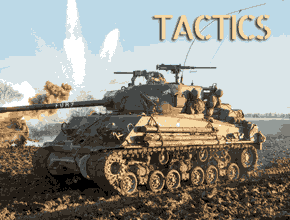The Panhard AM 40 (or Panhard 201) was a prototype armoured car designed to replace earlier models from 1938, which combined several innovative features. Unfortunately, testing delays and the war interrupted all developments, and albeit 600 were ordered in May 1940, none was ever produced and the sole prototype was shipped in Morocco to avoid capture, but its fate is unknown. The Panhard 201 had a consireable legacy as work resumed on the concept in 1945 to later lead to the development of the even larger and more radical Panhard EBR, whch saw action for decades in the cold war...
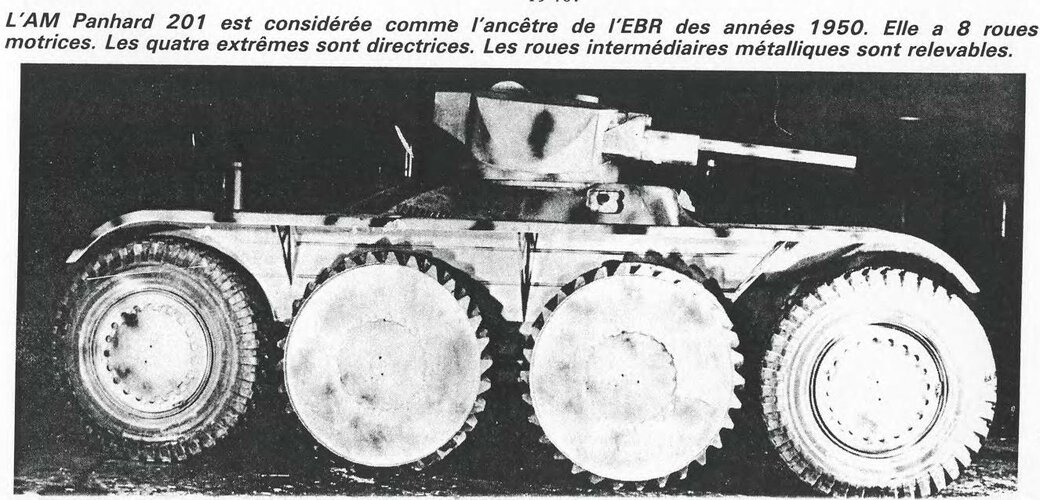
In 1938, the French Army was concerned by the lack of heavily armoured wheeled vehicles and initiated a competition for a "powerful armored car" ("Automitrailleuse Puissante"), with the "P" kept for the project. Panhard took part in the competition, strong of its past designs and the success of its model 178. Louis Delagarde started working on the project and designed the Panhard AM 40 P. The sum of innovations that were poured in this prototype, given the lax set of requirements from the army, led to a groundbreaking armoured car, especially for its time. It combined thanks to the placement of the engine, a low profile making it harder to detect in order to ber perfectly fit for reconnaissance missions, and manned by a crew of two.
This vehicle was supposed to replace several models dictated by successives requirements and procurement programmes of the interwar, fit for small series. Now with war looming close, the Army wanted a well protected and well armed vehicle which would be also quite fast. The "powerful armored car" this was to replace the current reconnaissance models in service sich as the recent AMD 35 P and the AM 39 Gendron-Somua, that the army considered not sufficiently armored.
The second innovations were two bulletproof pneumatic steering wheels located forward, more exposed, while another pair of bulletproof pneumatic wheels was on the rear axle. Bulletproof tyres were still partially experimental.
The third innovation was the two pairs of metal wheels with grousers, like tractors, attached to the center of the hull, to improve cross country performance. This was probably the most interestning concept, making a 4x4 convertible to a 8x8 to radically increae traction. The 4x4 configuration was used on road, to reac the maximum speed, when raised for road or flat driving.
The third innovation was the elongated hull with low profile and thick sloped armour: The front upper glacis was very sloped, and the front lower glacis had a minor slope. The front of the hull reached 60 mm of armour, which was exceptional when combined to the slope, offering tank-like levels of protection. In this layout, the driver was seated at the front and engine was in the rear, to keep a compact vehicle, instead of the symmetrical solution sometimes adopted (like the postwar Panhard EBR).
The fourth innovation was the turret layout, with the commanderand gunner seated in a small turret placed in the middle of the hull. This was perhaps the most outsanding feature, the first oscillating turret concept. Indeed, it consisted basically in two "half-cylinders" inserted one into the other, the lower one slanted obliquely with elevated sides and holding via trunnions, the upper half. Traverse consisted in rotating the two half cylinders at the same time. Elevation only concerned the upper half cylinder, pivoting relative to the lower side. This unusual feature had a main reason, enabling the mounting of a larger gun than on a heavier classic turret, and enabling also greater gun depression, to the point of enabling hull-down position fire.
The main armament in that case, was the well known antitank 25mm SA 35 gun. The same used on the Panhard 178, albeit perhaps a bit "weak" as an antitank gun, it was seen as perfectly adequate in 1939. It was placed in the right side of the upper turret half, but its compacity allowed extra space (which was a premium in this configuration) for the commander. The secondary armament was a coaxial 7.5mm Reibel machine gun.
Last innovation was the vehicle's gasoline engine, a flat 6-cylinder 3 834 cm3 with an output of 85 hp, capable of reaching speeds of up to 80 km/h on a 4x4 configuration, which was quite fast for the time to that level or armament and protection. In addition, it had a peculiar gearbox allowing the insane (for the time) speed range of sixteen forward and sixteen speeds aft. The operational range however was not impressive due to compromises made into the hull to house the fuel tank, at just 100 km. But yet again, in the context of a WW1 style frontline, made sense.

Development

In 1938, the French Army was concerned by the lack of heavily armoured wheeled vehicles and initiated a competition for a "powerful armored car" ("Automitrailleuse Puissante"), with the "P" kept for the project. Panhard took part in the competition, strong of its past designs and the success of its model 178. Louis Delagarde started working on the project and designed the Panhard AM 40 P. The sum of innovations that were poured in this prototype, given the lax set of requirements from the army, led to a groundbreaking armoured car, especially for its time. It combined thanks to the placement of the engine, a low profile making it harder to detect in order to ber perfectly fit for reconnaissance missions, and manned by a crew of two.
This vehicle was supposed to replace several models dictated by successives requirements and procurement programmes of the interwar, fit for small series. Now with war looming close, the Army wanted a well protected and well armed vehicle which would be also quite fast. The "powerful armored car" this was to replace the current reconnaissance models in service sich as the recent AMD 35 P and the AM 39 Gendron-Somua, that the army considered not sufficiently armored.
Design
Panhard 201 created in 1939. It included a 8x8 wheel config and the concept of oscillating turret before WW2. Only 1 prototype was completed in 1940 at the time of the German invasion out of an order of 600. The 201 was the in many aspects the predecessor of the well known Panhard EBR 12 years laterThe Panhard 201 (its internal factory name, which remained so given the program never materialized), for the start, has an uncommon eight wheeled or 8x4 configuration as the two central pairs were unpowered. This was to help spreading its load, given the heavier armour, as well as crating a greater contact surface and thus, improving off-road performances. Outside France, Germany also went from 6x6 to 8x8 vehicles. It became a standard in the cold war and up to this day, but as pure 8x8 whereas the 8x4 was only adopted by USSR with its BRDM-1 and 2 series.
byu/abt137 inTankPorn
The second innovations were two bulletproof pneumatic steering wheels located forward, more exposed, while another pair of bulletproof pneumatic wheels was on the rear axle. Bulletproof tyres were still partially experimental.
The third innovation was the two pairs of metal wheels with grousers, like tractors, attached to the center of the hull, to improve cross country performance. This was probably the most interestning concept, making a 4x4 convertible to a 8x8 to radically increae traction. The 4x4 configuration was used on road, to reac the maximum speed, when raised for road or flat driving.
The third innovation was the elongated hull with low profile and thick sloped armour: The front upper glacis was very sloped, and the front lower glacis had a minor slope. The front of the hull reached 60 mm of armour, which was exceptional when combined to the slope, offering tank-like levels of protection. In this layout, the driver was seated at the front and engine was in the rear, to keep a compact vehicle, instead of the symmetrical solution sometimes adopted (like the postwar Panhard EBR).
The fourth innovation was the turret layout, with the commanderand gunner seated in a small turret placed in the middle of the hull. This was perhaps the most outsanding feature, the first oscillating turret concept. Indeed, it consisted basically in two "half-cylinders" inserted one into the other, the lower one slanted obliquely with elevated sides and holding via trunnions, the upper half. Traverse consisted in rotating the two half cylinders at the same time. Elevation only concerned the upper half cylinder, pivoting relative to the lower side. This unusual feature had a main reason, enabling the mounting of a larger gun than on a heavier classic turret, and enabling also greater gun depression, to the point of enabling hull-down position fire.
The main armament in that case, was the well known antitank 25mm SA 35 gun. The same used on the Panhard 178, albeit perhaps a bit "weak" as an antitank gun, it was seen as perfectly adequate in 1939. It was placed in the right side of the upper turret half, but its compacity allowed extra space (which was a premium in this configuration) for the commander. The secondary armament was a coaxial 7.5mm Reibel machine gun.
Last innovation was the vehicle's gasoline engine, a flat 6-cylinder 3 834 cm3 with an output of 85 hp, capable of reaching speeds of up to 80 km/h on a 4x4 configuration, which was quite fast for the time to that level or armament and protection. In addition, it had a peculiar gearbox allowing the insane (for the time) speed range of sixteen forward and sixteen speeds aft. The operational range however was not impressive due to compromises made into the hull to house the fuel tank, at just 100 km. But yet again, in the context of a WW1 style frontline, made sense.

Fate
The prototype was completed in 1939 and in its first trials, its outstanding characteristics completely blown away the French delegation. In September 1939 the war broke out and the need for such vehicle was even more pressing. However precious productions were still ongoing and there was simply a lack of manufacturing space and workforce to launch a new production at Panard right away. Plus, fixes were needed as the Army requested which kept the engineers busy refining the machine, albeit these were mostly minor fixes. The major consensus was that the Panhard 201 as it was, could be considered by the army staff at the time like the world's most advanced wheeled combat vehicle.On 1 May 1940, with the prototype tested anew and the last mosifications approved, and the conversion of the Panhard 178 to the model 201 was confirmed, an order for 600 Panhard AM 40 P was placed by the French Army. Delivery schedule was for May 1941. The Panhard AM 40 P was about to replace the Panhard 178 on the factory floor as well as in active units. However the Fall of France in about a couple of week caught Panhard in the process of converting its factory, and no vehicle was built. Only the prototype remained, which was soon evacuated by rail and eventually by ship, sent to Morocco in early June where its fate remains unknown albeit Les véhicules blindés français 1900-1944 P. Touzin, EPA, states it was scrapped in 1952.
But the story of the Panhard 201 does not stops here. After the end of World War II, its design, not the vehicle, that disappeared, led Panhard to resurrect the probably hidden blueprints of the AM 40 P and recycling it into a new design intended to answer a new requirement for the French Army. This was foundation for the Panhard EBR which retook all innovations of the previous prototype, on a large basis to include a rear driver and double gearbox, but also a more mature and much larger oscillating turret for a more potent 75 mm gun. The very concept pioneered by the AM 40 P was also used on the highly successful AMX-13 light tank, notably at export. That kind of turrets was popular in France but tested also in the US, and Austria developed its own version of the AMX-13 as well. On the long run however, the oscillating turret was considered a technological dead-end and it could not overcome a number of issues notably on NBC protection and waterproofing at large.
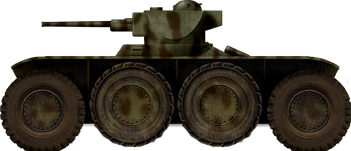
Panhard AM 40P specifications | |
| Dimensions | 4.34 x 2 x 1.8m (14 ft 3 in x 6 ft 7 in x 5 ft 11 in) |
| Total weight | 9.00 t (19,840 lb) |
| Crew | 2 (Commander/Gunner, Driver) |
| Propulsion | Panhard 6 cyl. gas. 3.5L: 85 hp. Power/weight 9.4 hp/t |
| Speed | 80 km/h (50 mph) |
| Suspensions | Leaf Spring suspension |
| Range/fuel capacity | 100 km (62 miles) |
| Armament | 1x 25mm SA 35 gun +7.5mm Reibel machine gun |
| Armor (max) | 60 mm hull front (2.3 inches) |
| Total production | 1 prototype (600 ordered) |

Prototype being tested at Panhard, described in some sources as having a 37mm SA38/39 gun instead of the original 25 mm SA35.
Sources
François Vauvillier, « Le programme de guerre : bon pour une révision générale », Histoire de guerre, blindés et matériel, Histoire & Collections, no 75 « Notre cavalerie mécanique à son apogée le 10 mai 1940 », février-mars 2007, p. 48-49GBM n°144 Histoire & Collections, 2023
Pierre Touzin, Les véhicules blindés français, 1900-1944, E.P.A., 1979
François Vauvillier et Jean-Michel Touraine, L'automobile sous l'uniforme 1939-40, Massin, 1992
(en) Steven J. Zaloga, French Tanks of World War II (2): Cavalry Tanks and AFVs, Osprey Publishing 2014.
chars-francais.net
3945km.com
club-panhard-france.net
zonwar.ru
keymilitary.com
modelarchives.free.fr
secretprojects.co.uk
2 Rowland MMP Papers on ground pressure
fr.wikipedia.org
scalemates.com
grabcad.com
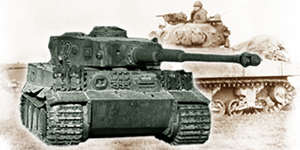
WW2 Tanks




























WW2 tanks posters
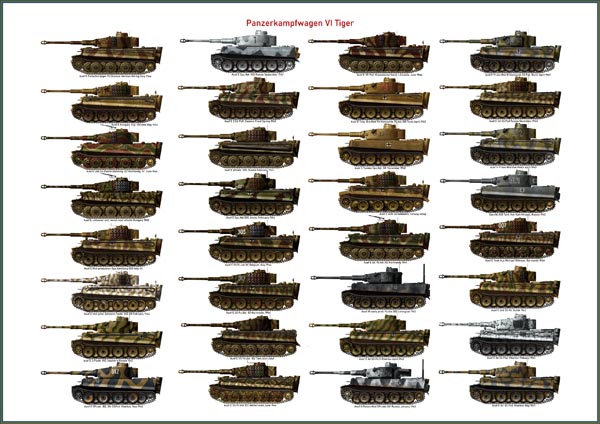
All Tiger tanks liveries.
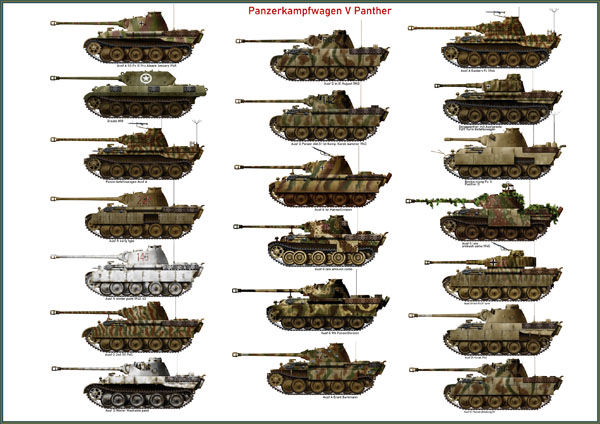
Panther liveries and variants
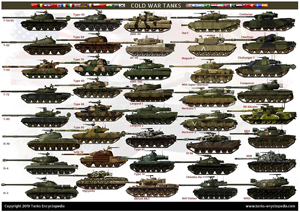
WW2 Armour - All tanks
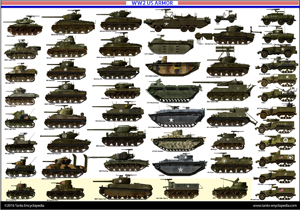

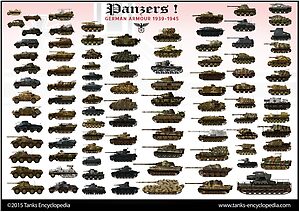








Tanks aces and single tanks series

Find more there
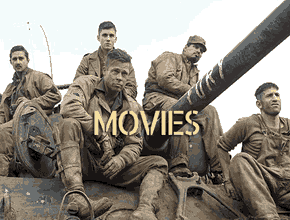
Museums, Movies, Books & Games
The Tanks and Armor in pop culture
Tanks and armored vehicles in general are only really grasped when seen first person: The mass, the scale, it's all there. Explore also the way tanks were covered in the movie industry, in books and in video games.Movies:
Best tanks movie on warhistoryonline.com
On imdb.com
On bestsimilar.com/
miltours.com
liveabout.com/
watchmojo.com
Video Games:
pcgamesn.com
historyhit.com
levvvel.com
vg247.com/best-tank-games
mmobomb.com/
alienwarearena.com
